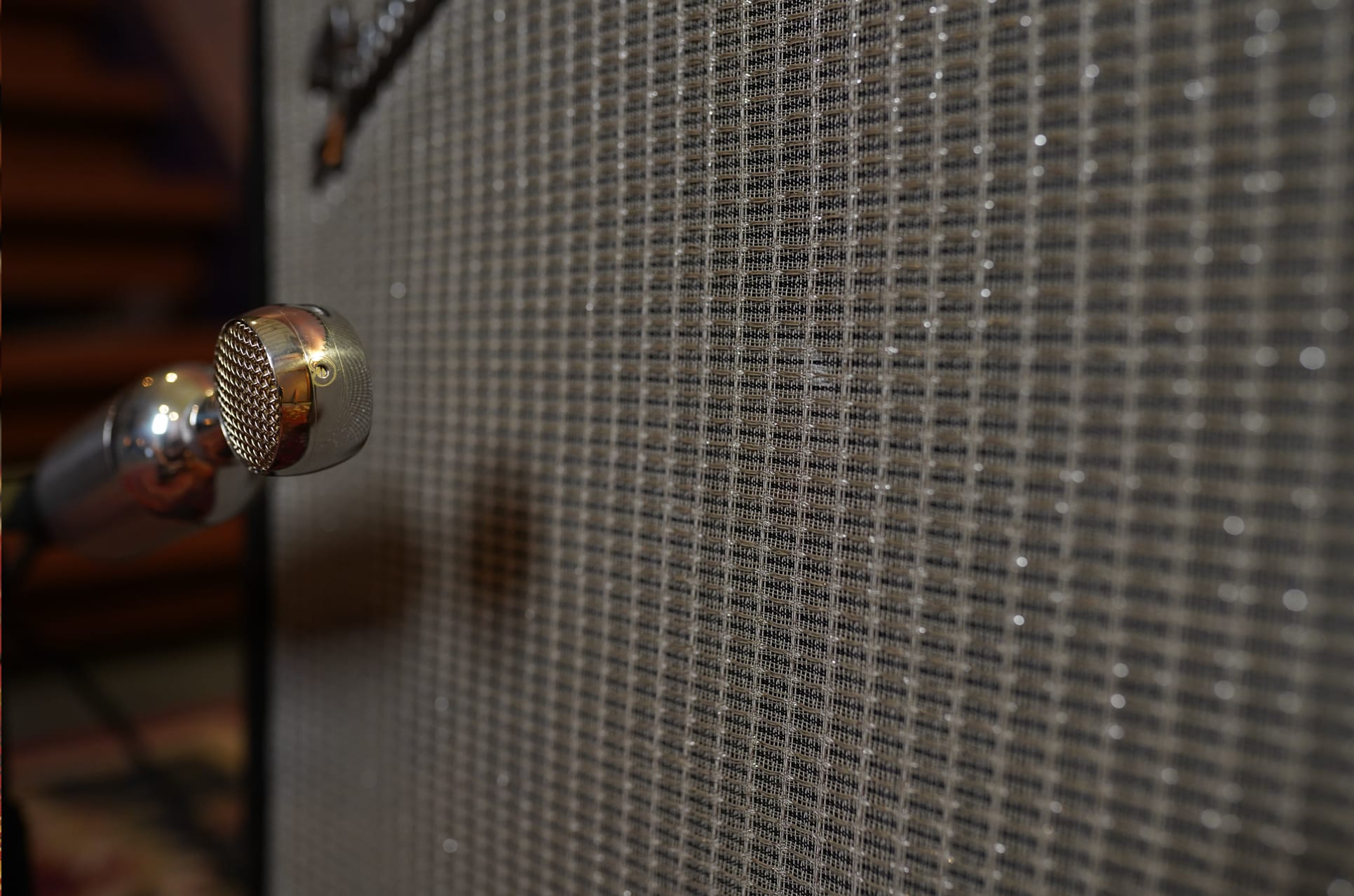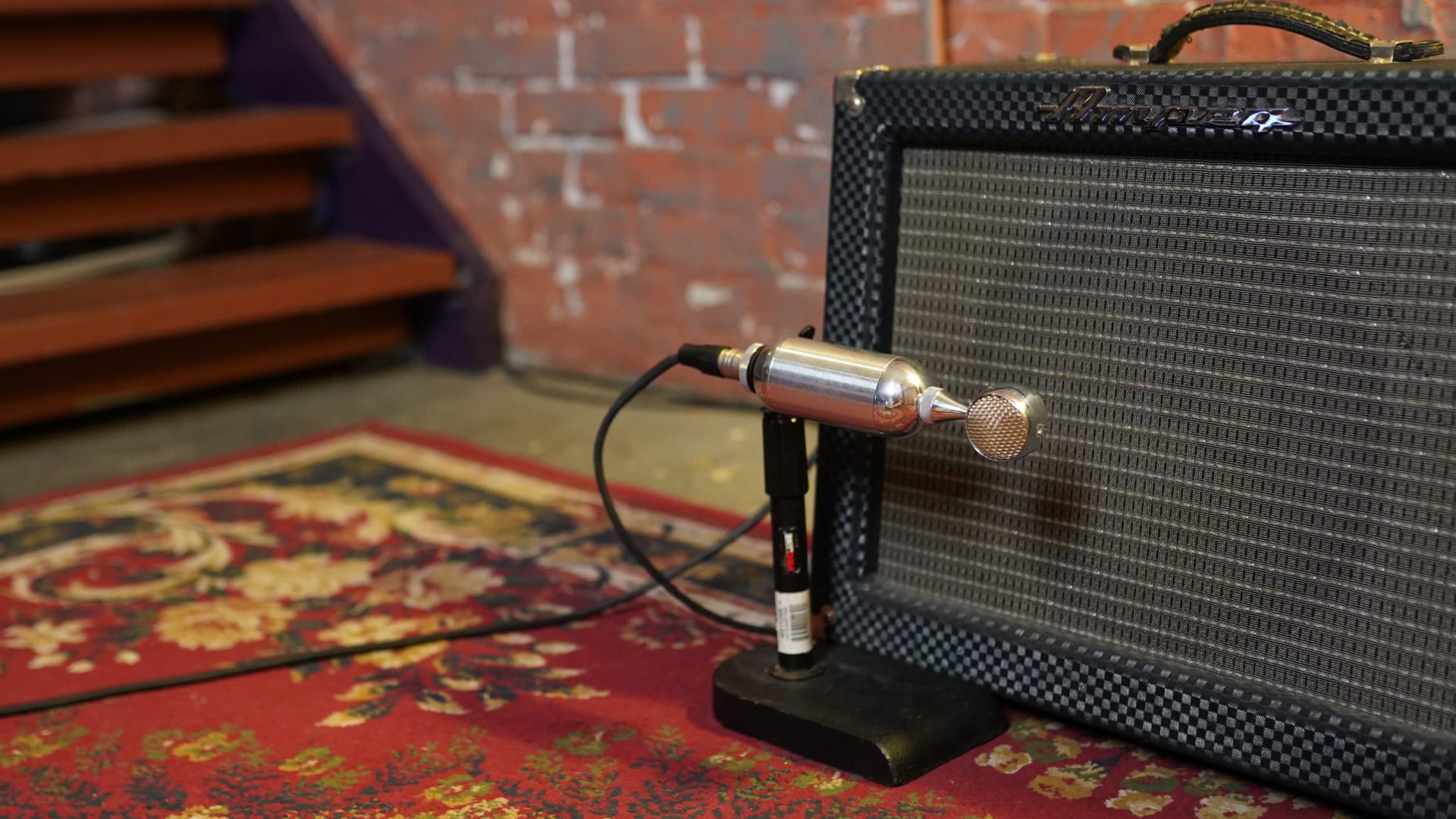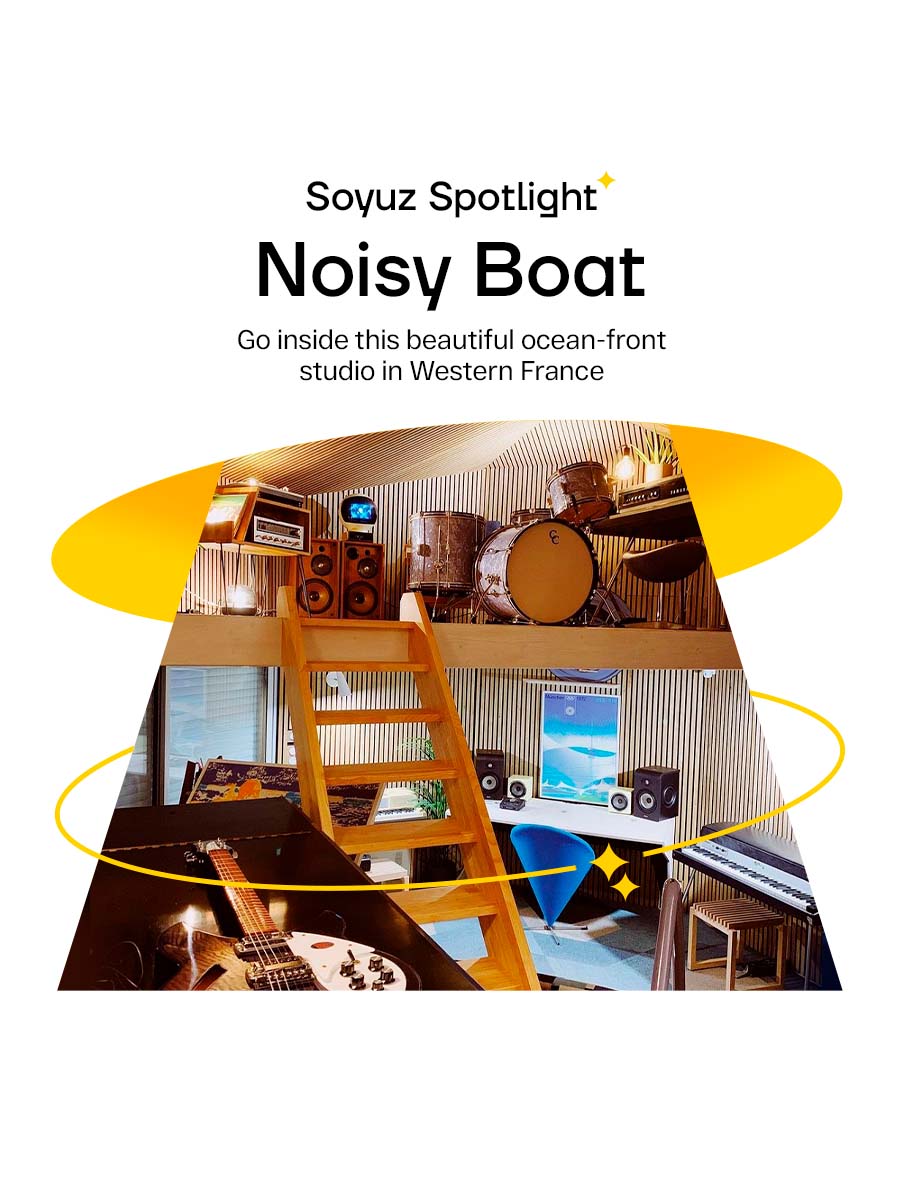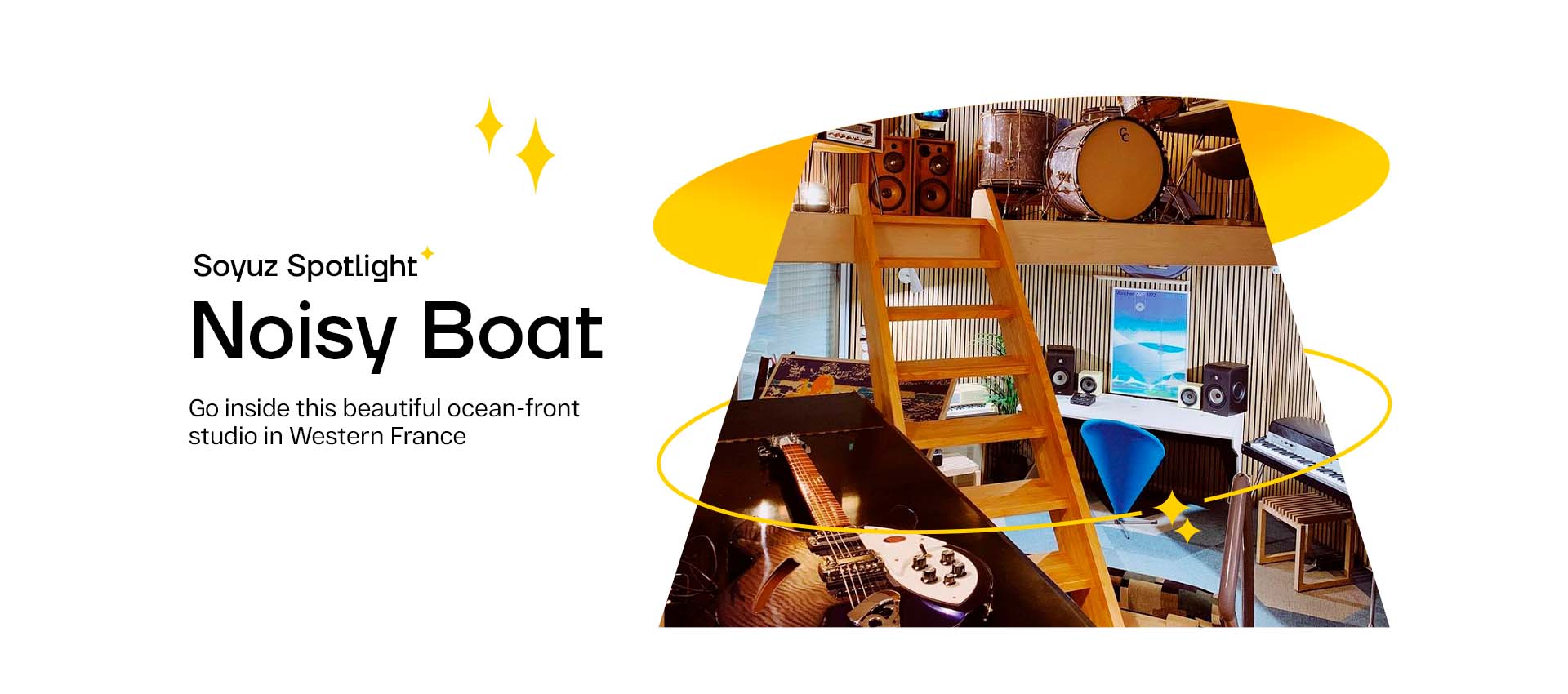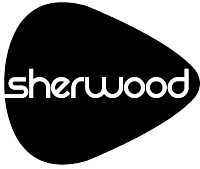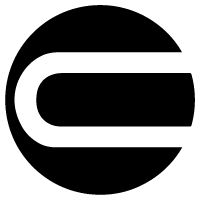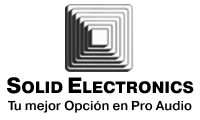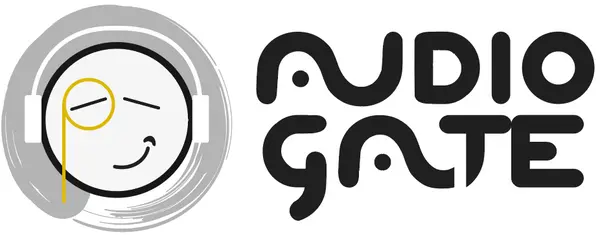Using a condenser on an amplifier is the best way to truly make your electric guitar tracks feel dynamic and lifelike. Capturing all the nuances of the attack, sustain, and tonalities, a condenser mic can transform even the smallest of amplifiers into larger than life monsters of sound. Whether you want the extra weight and crunch of a fuzzed out distortion, the spank and jangle of clean percussive picking or the lazy drip of your reverb tank blended into the mix, a condenser mic is a must-have tool. Soyuz mics, both tube or FET, are a natural pairing for guitar amps, because of their thick low-end, rich midrange, and smooth top end.
Of course we like to stress that there are no hard and fast rules here; however, these are a few starting points that can add some size and depth to your sound.
How Far Back Should I Position My Mic?
Condenser microphones are sensitive to the details and volume of the source material. It’s often beneficial to place them a little farther back than you would your typical dynamic mic. In this placement, you are trading a bit of the immediate attack for more of the guitar tones as a whole since the sound tends to “bloom” as it travels. Start with your placement about 6 inches to a foot away from the amp. No need to break out the tape measure or get too scientific as you should be able to trust your instincts and ears to gauge what’s working for you. In a fast-paced session, try stretching your pinky and thumb out, placing your pinky against the grill of the amp and the mic at the end of your thumb. From there you can fine tune your distance based on personal preference and adjust accordingly.
It’s good practice to keep in mind how many layers your production will have and how a specific track will “fit” in the overall arrangement. For instance, if you know the song will be full of dense guitars and you’re recording a thick rhythm track, you may want to position your condenser a little closer and capture more of the immediacy of the amplifier. The condenser will be able to pick up the details and precision of those snappy transients and give you a defined performance. As a bonus, a cardioid polar pattern will let you use proximity effect to your advantage. This means that the closer you are to the source, the greater your low-end response becomes. This is where your Soyuz mic can add that extra “weight” and “oomf” to your guitar.
On the flip side, if your guitar is sounding too full, pulling it back can lighten up your tone without losing the sparkle or making it anemic– This works especially well with light pads or reverb-heavy chords to get the full length and decay. With bass guitars specifically and instruments like keys with heavy sub-harmonics, you may want to experiment with the mic slightly further back as these sound waves take longer fill out giving you a fuller picture without overpowering the capsule.
Listen to the 017 TUBE on an electric guitar amp in the position described above, about 6 inches away from the amp, lined up between the edge and center of the cone.
Where Do I Line My Mic Up With The Cone?
The second key factor in shaping your sound with your Soyuz condenser is where you place it on the speaker cone. You will find that slight changes in position can have drastic effects. Before you reach you for that EQ, shift the placement side to side and see how it responds. This is another instance where considering the final mix will help your decision. Of course, every amp and every speaker will respond differently based on its size and model but here are a few good general practices:
For the brightest, most “pointed” tone, placing the mic directly in front of the cone will work best. This position works well for lead lines that need to be pushed forward and up in a mix or a rhythm guitar that needs a little more on an aggressive snap.
For more of a layered and balanced sound, split the difference between the center and edge of the cone. This placement seems to give more weight and thickness overall, especially when considering proximity effect, and rolls off the high end in a natural way without sacrificing detail.
When approaching an amp you’re not familiar with, you can plan on the center of the cone giving you the brightest response with the fastest transient attack and that your sound will round off, slow down, and darken somewhat as you move your way to the edge.
Which Soyuz Mic is Right For My Amp?
Depending on the sound you’re trying to capture, any of the mics in the Soyuz line could be the right mic to capture your amp for any instrument, yet there are a few questions you need to ask yourself:
- How realistic of a sound are you trying to capture?
- What kind of character are you looking for in your tone?
- How will this track fit into the final mix?
Once you’ve answered those questions, the choice becomes more straightforward.
If you’re looking to impart a significant amount of character and vibe while smoothing out the highs and retaining the overall mids and lows of your amp, the 023 Bomblet is a great choice.
If you’re trying to capture the natural sound of your amp while giving it the polish of a finished song, 017 Series microphones are perfect.
If you want your guitar’s precise transients captured so the track will cut through a dense mix, 013 Series mics are the ticket.
*note- 013 FETs have a faster transient response than the TUBES
Using these concepts, you’ll be able to consider the bigger picture right from the start and you’ll find that your guitar tracks will fit more effortlessly into the final mix. Using Soyuz mics on your guitar amps will make it quick and easy to find “that sound” as our condensers capture the character of both your guitar and amp with grace and musicality.
